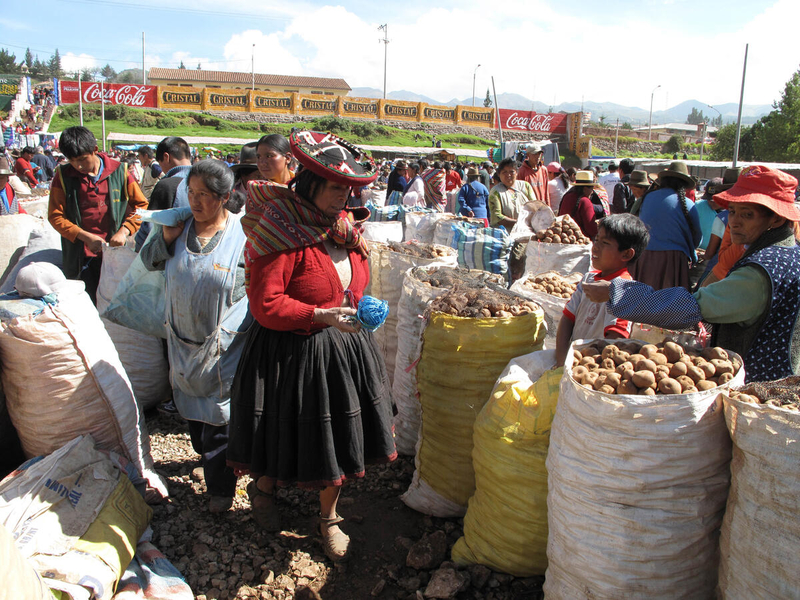Highlights
Peru Household, Agriculture and Livelihood Estimates (2015–2021)
New RuLIS data release

05/04/2024
The Rural Livelihoods Information System (RuLIS) is a set of harmonized household- and individual-level data and indicators on different aspects of livelihoods, including crops and livestock production, off-farm and non-farm income generating activities, households’ composition and demographics, agricultural inputs, technology use, access to social protection, time use, shocks and migration.
This latest country update analyses survey data from the national household surveys - Encuesta nacional de hogares - Condiciones de vida y pobreza - for the years between 2015 and 2021 published by the Instituto Nacional de Estadística e Informática (INEI).
Main findings:
- Between 2015 and 2021, non-agricultural activities were the primary source of income for Peruvian households. Agricultural income remained steady except in 2020, when the average annual income from agricultural activities decreased due to the COVID-19 pandemic.
- The proportion of households involved in agricultural activities remained stable at approximately 28 percent in all survey years but 2020 due to the pandemic. In rural areas, this percentage exceeded 90 percent, whereas in urban areas it hovered around 15 percent. The vast majority of agricultural households are small-scale food producers.
- Between 2015 and 2021, close to 90 percent of farm households were involved in livestock production. A greater share of non-small-scale food producers owned livestock compared to small-scale food producers, except for poultry.
- The percentage of rural households owning their homes remained stable and consistently higher than that of urban households. However, the quality of housing in rural areas appeared to be lower than in urban areas, although improving over the years.
- The employment-to-population ratio remained stable around 90 percent in rural areas between
2015 and 2021, even though it dropped in 2020 due to the pandemic in urban areas and
recovered in 2021.

